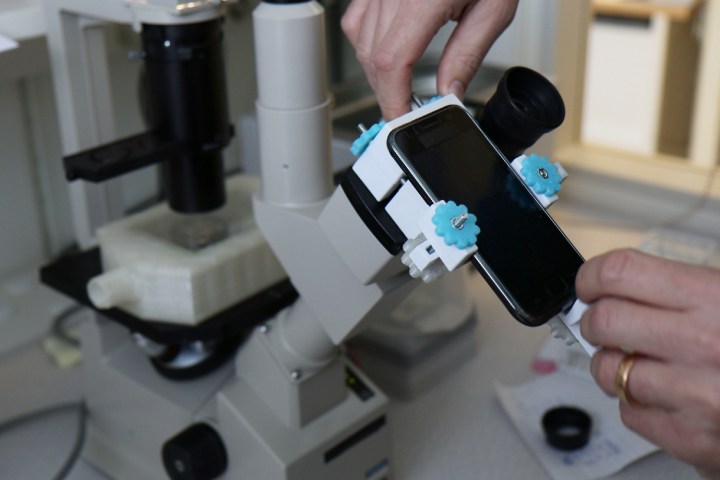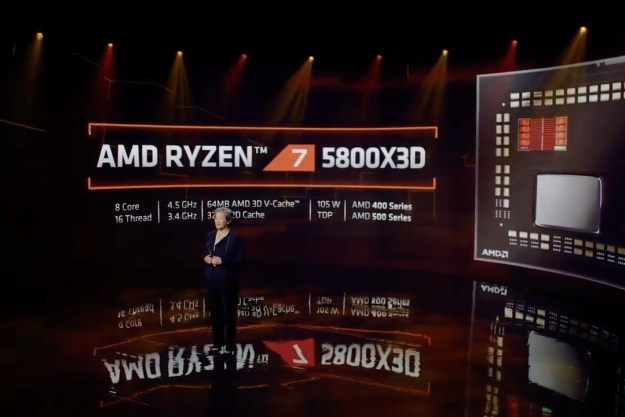
That may change, courtesy of a new study from Sweden’s Uppsala University, which shows how smartphones can be used to make movies of living cells — minus the need for expensive equipment.
Instead, a similar rig can be built for less than $300, plus a smartphone, old microscope, and access to a 3D printer.
“Our idea was to make possible live imaging of cells for labs in developing countries,” Johan Kreuger, senior lecturer in the university’s Department of Medical Cell Biology, told Digital Trends. “It’s not rocket science, but we believe that this is a very good thing for science labs and enthusiasts around the world.”

Being able to carry out live imaging of cells is crucial to studying the way they respond to different stimuli, like toxins or drugs. The ability to record video of these cells lets researchers study them over time; getting far more detailed information about cell behavior than would be possible from static images.
“Using our concept, you can 3D-print pieces to hold your phone in place, as well as a small incubator for the cells to grow in, and which will warm them to a temperature of 37-degrees Celsius, the same temperature as the human body,” Kreuger continued. “You’ll need some readily available consumer electronics, but for anyone with a little bit of technical know-how, it’s very straightforward.”
The resulting apparatus won’t be able to replicate everything you would get from a high-end live-imaging microscope, but it can do a lot of it. As Kreuger pointed out, modern smartphones have impressive cameras that are more than up to the task of photographing cells. Using an app the team has developed, it’s possible to control time-lapse imaging parameters from the phone, in addition to controlling the temperature.
In tests, the comparatively low-tech solution was shown to enable high-resolution imaging of living cells, while providing excellent cell culture conditions. This includes a built-in humidification module to prevent the cell cultures from drying out.
“Right now, people who are interested can contact us and we’ll send them all the STL 3D printing files they’ll need,” Kreuger said. “However, because there’s been a lot of interest, we’ll also probably put these up online in the near future so they can be downloaded and shared.”
Editors' Recommendations
- Nvidia turns simple text prompts into game-ready 3D models
- I used an app to create 3D models with my iPhone, and it’s shockingly great
- AMD is bringing 3D V-Cache back to Ryzen 7000 — but there’s a twist
- AMD Ryzen 7 5800X3D beats predecessor, but AMD promised more
- AMD’s revolutionary 3D V-Cache chip could launch very soon


